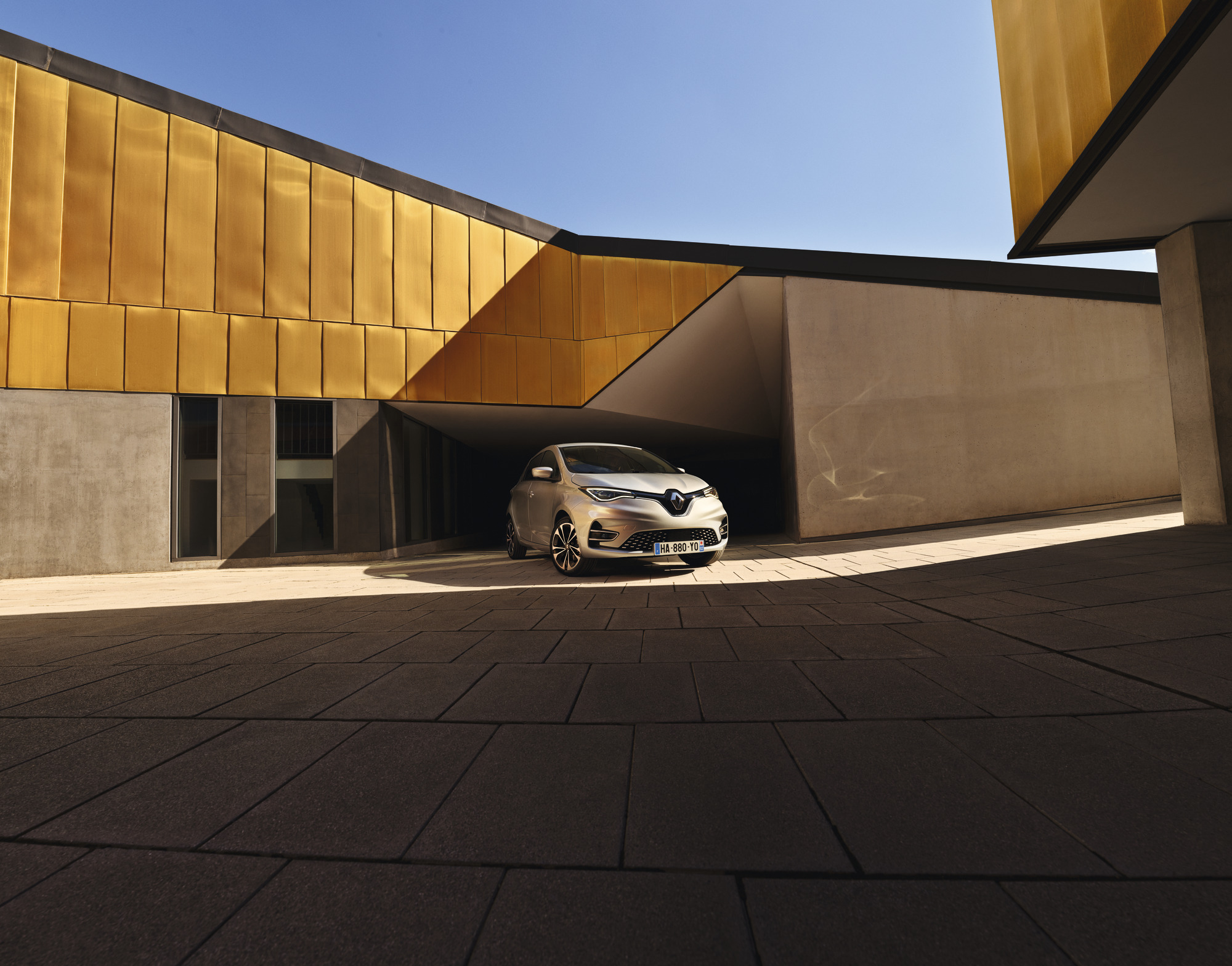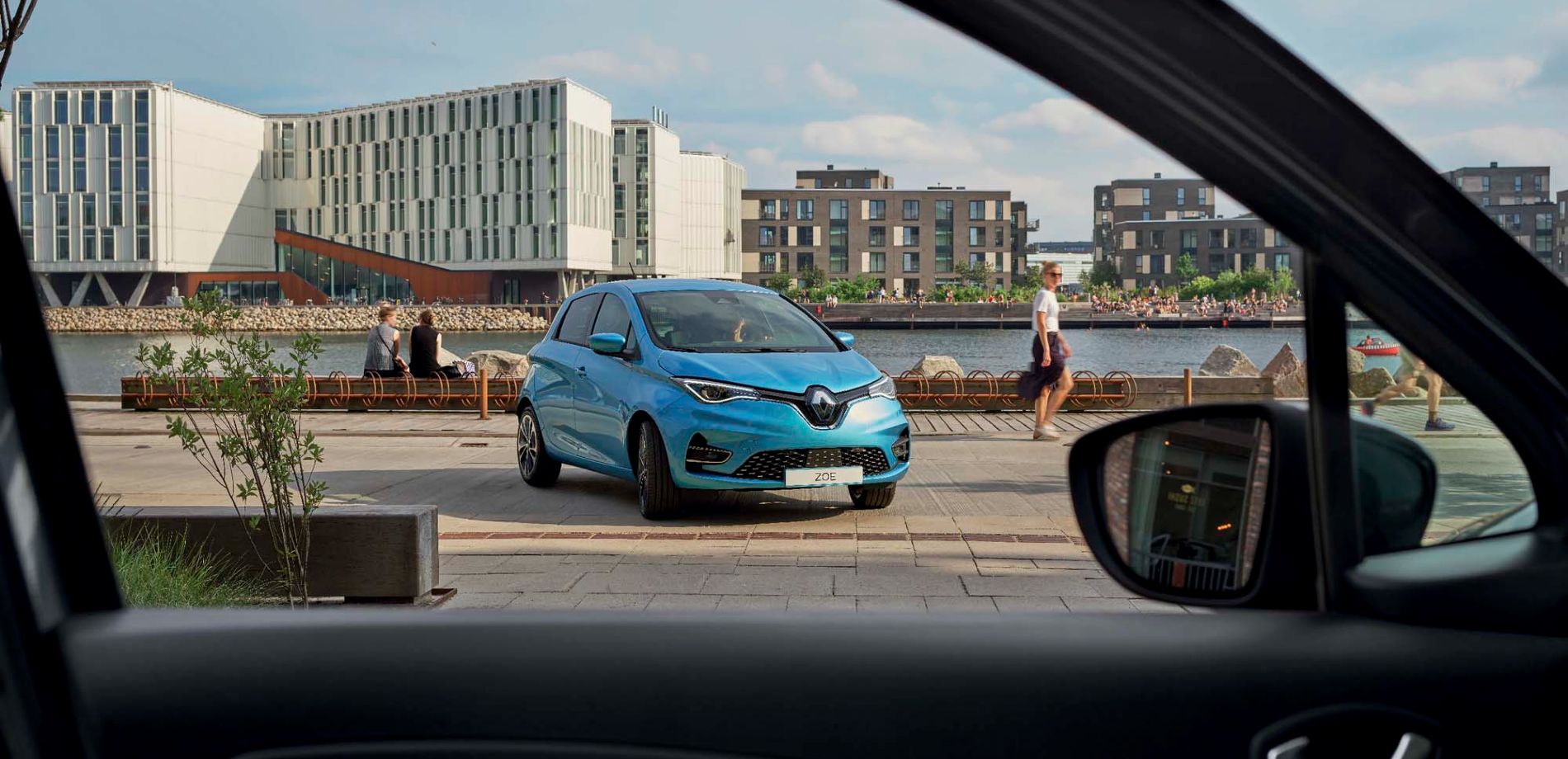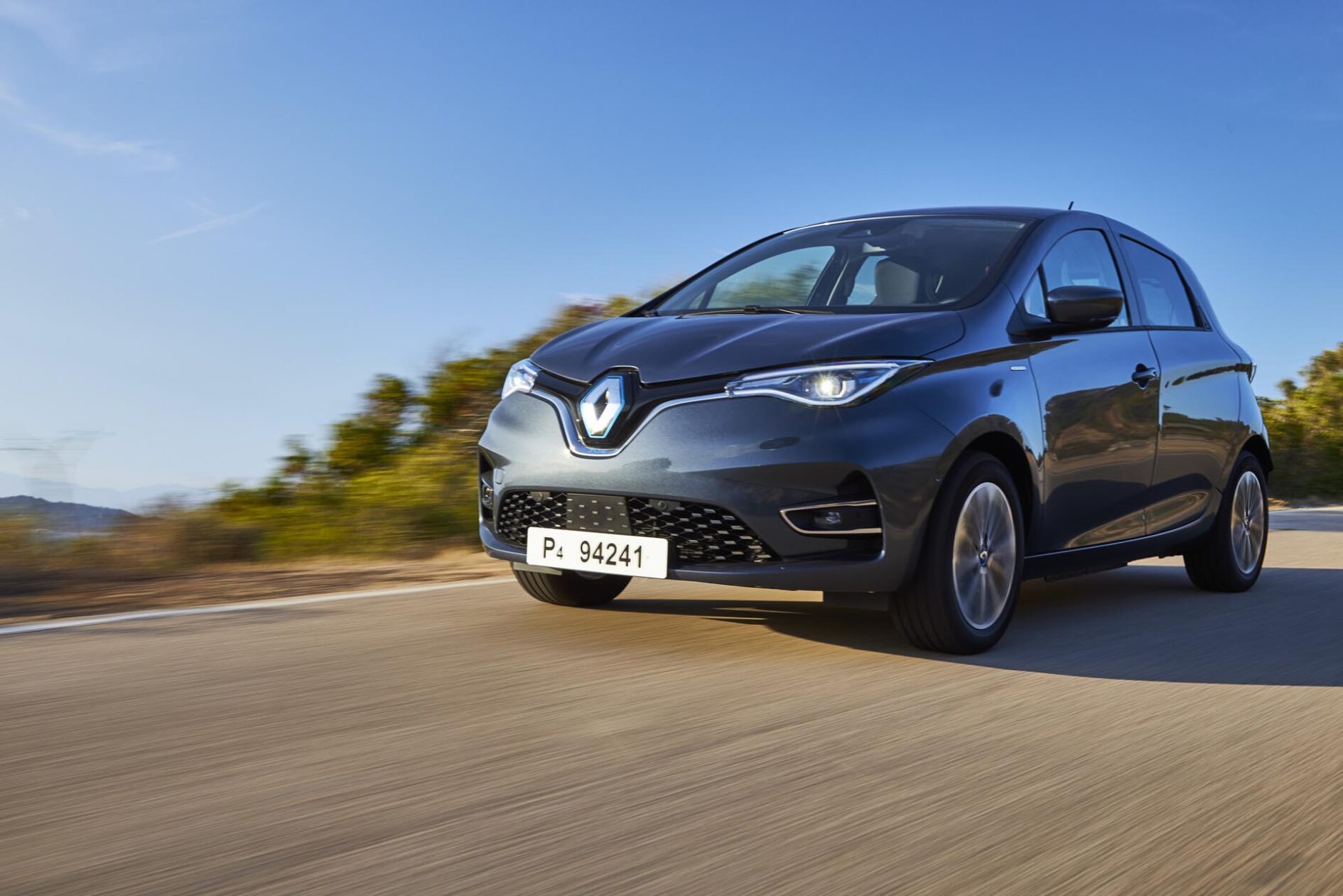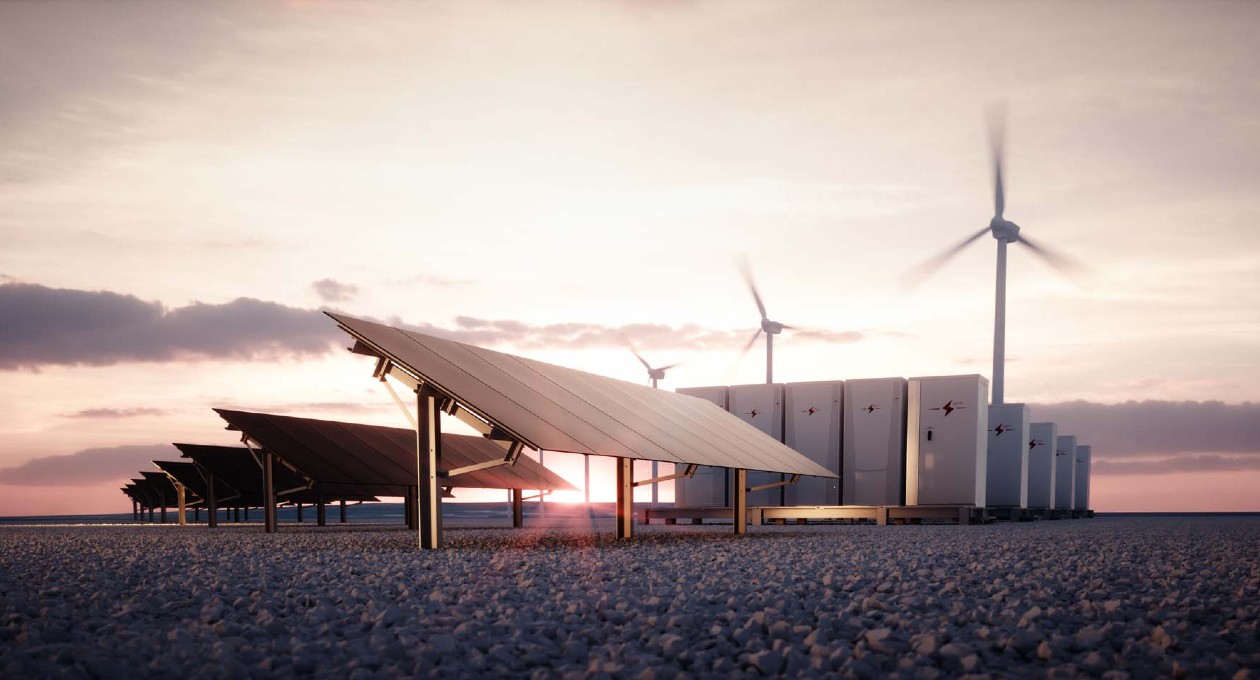

How to charge your electric car
With an electric car, you can forget about visits to the gas station. You simply “top up” at home — and at a much lower price ! Charging your electric car will become as natural as plugging in your smartphone when you get home from work. The same goes for plug-in hybrid vehicles.
What kind of installation to use for charging your electric vehicle
Any grounded domestic outlet can be used to charge an electric car. However, it is best to have your installation checked by a professional to avoid overloading the circuit. In practice, it is recommended that you opt for at least a reinforced outlet (such as the 3.7 kW Green’up), which is very safe and offers higher charging power. This type of installation is perfectly sufficient for plug-in hybrid vehicles. If you often drive your electric car for long distances, we recommend installing a Wallbox, which can handle higher charging loads of 7.4 to 22 kilowatts, allowing you to charge your car faster.
What kind of charger to use to charge your electric car
In order to plug your electric car into a traditional or reinforced domestic outlet, you will need to use the cord that was provided with the vehicle, which comes with a charging control box. To connect to a Wallbox, you will need a “Type 2” charger, which is shaped like a half-circle with 7 pins.

Whether it be at home, at work, or at one of the 200,000 public charging stations available in Europe, there are plenty of places to charge your electric car!
Charging an electric car at home
90% of electric vehicle charging is done at home. And why not? It’s practical and cheap (especially if you take advantage of off-peak pricing at night). Whether you choose to use a simple domestic outlet or a high-powered Wallbox, whether you charge your car in your garage or in your driveway, anything is possible!
Charging an electric car when you live in an apartment
Before installing a charging station in the parking lot of a shared living space, you must obtain the approval of the co-owners in advance. This process was simplified in 2018 by the introduction of the European “EPBD,” or Energy Performance of Building Directive. In France, the Loi pour les Mobilités (Mobility Law) has protected the “right to an outlet” since January 1st, 2015: property owners cannot refuse the installation of a charging station, as long as it is done at the user’s expense and the electricity used is metered separately.
Charging your electric car at a public charging station
In 2019, there were approximately 43,700 public charging stations in the Netherlands, 33,000 in Germany, nearly 30,000 in France, and almost 25,000 in the United Kingdom, and the number of charging stations is constantly growing. These charging stations offer different charging loads, from rapid electric charging on the freeway (see next paragraph) to slower on-street charging. While the former can charge up to 150 kilometers of range in 30 minutes, the latter only offers 80 kilometers in the same amount of time (22-kilowatt charging stations.)
Rapid charging
In most cases, charging at home is enough. But on longer trips, you can find high power (50-kilowatt) rapid charging stations on major roads. They represent approximately 10-15% of public charging stations. At these terminals, you can charge 150 kilometers of range in just 30 minutes on a Renault ZOE.
Where to find charging stations for your electric car
You can use the MY Renault application to find nearby public charging stations, which will also appear on the EASY LINK multimedia system that comes pre-installed on your Renault vehicle. The service is offered free of charge for the first three years*. There are also third-party applications, such as Chargemap, PlugShare, and ChargeHub, which list charging stations all over Europe.
Induction charging
Induction charging consists of transferring electrical energy through an electromagnetic field, rather than a cable. This type of technology already exists for mobile phones, and may also be used for vehicles in the future. It could take the form of either an induction charging plaque on which you would park your car, or induction loops integrated into the road surface, allowing your car to charge as you drive. Renault has been researching this type of technology since 2012.

When to charge your electric car
There’s no need to wait for your battery to hit 0% before you plug in your car! Modern accumulators using lithium-ion technology are not subject to the memory effect, which means there is no need to do a full charge-discharge cycle from time to time. If you only drive your car a few dozen kilometers a day, charging overnight (to take advantage of off-peak rates) every two or three days should suffice. With plug-in hybrid vehicles, it is best to plug them in as often as possible in order to take full advantage of the 100% electric driving mode.
What charging power should you use for an electric vehicle?
Power depends on the type of charging station. Reinforced outlets such as the Green’up can offer as much as 3.7 kilowatts of charging power, whereas traditional domestic outlets offer only 2.3 kilowatts. For more power (and therefore shorter charging times,) you will need to install a Wallbox, which supplies 3.7 to 22 kilowatts. Alternating current (AC) public fast charging stations (the most common) vary between 11 to 22 kilowatts. And finally, rapid direct current (DC) charging stations offer a minimum of 50 kilowatts.
How much electricity is consumed when charging an electric vehicle?
The electricity consumption to charge an electric vehicle depends on its battery capacity. For example, 52 kilowatt-hours (or a bit more in order to provide power to accessories during charging) to “fill the tank” of a Renault ZOE. But you won’t have to fully recharge your car very often.
Charging time for your electric car
The charging time for an electric car or a plug-in hybrid vehicle depends primarily on the battery capacity of the vehicle and the charging power. To charge 100 kilometers of range on a Renault ZOE, the car must be plugged into a domestic outlet for 7 1/2 hours, a 22-kilowatt AC charging station for 45 minutes, or a 50-kilowatt DC outlet for just 21 minutes. To make it simpler, Renault offers a charging time simulator to estimate how long it will take to charge your car depending on the type of vehicle and the charging power of the terminal.
How much does it cost to charge an electric car?
The cost of charging your electric vehicle at home is very low: you can charge up to 100 kilometers of range on a Renault ZOE for an average of 3.71 euros in Europe (3.29 euros in France, 3.80 euros in the UK, 4.94 euros in Germany). At public charging stations, the price depends on the operator. Sometimes you can charge your vehicle entirely for free, sometimes it is free for a set time, and sometimes you will be billed from the moment you plug in your vehicle. You may be billed by the kilowatt, by duration, or a combination of the two. For an “accelerated” charging station (which offers AC power of up to 43 kilowatts,) you should plan to pay around 6 euros for 100 km of range. DC rapid charging stations (which offer at least 50 kilowatts of power) are the most expensive: expect to pay at least 10 euros for the same amount of charge, though it will take less time.
*In countries where the service is available
Copyrights: Renault Marketing 3D-Commerce, DOROSZEWICZ Agnieszka, OHM Frithjof




